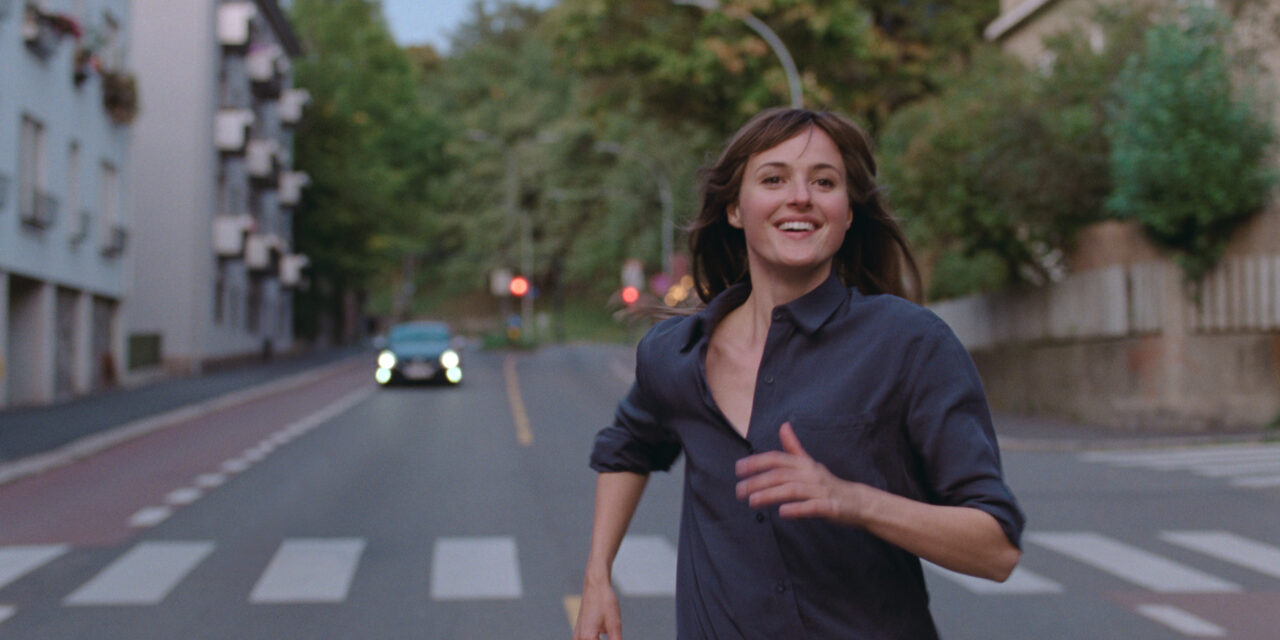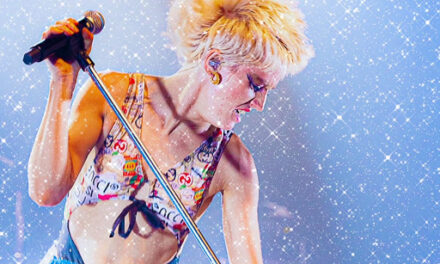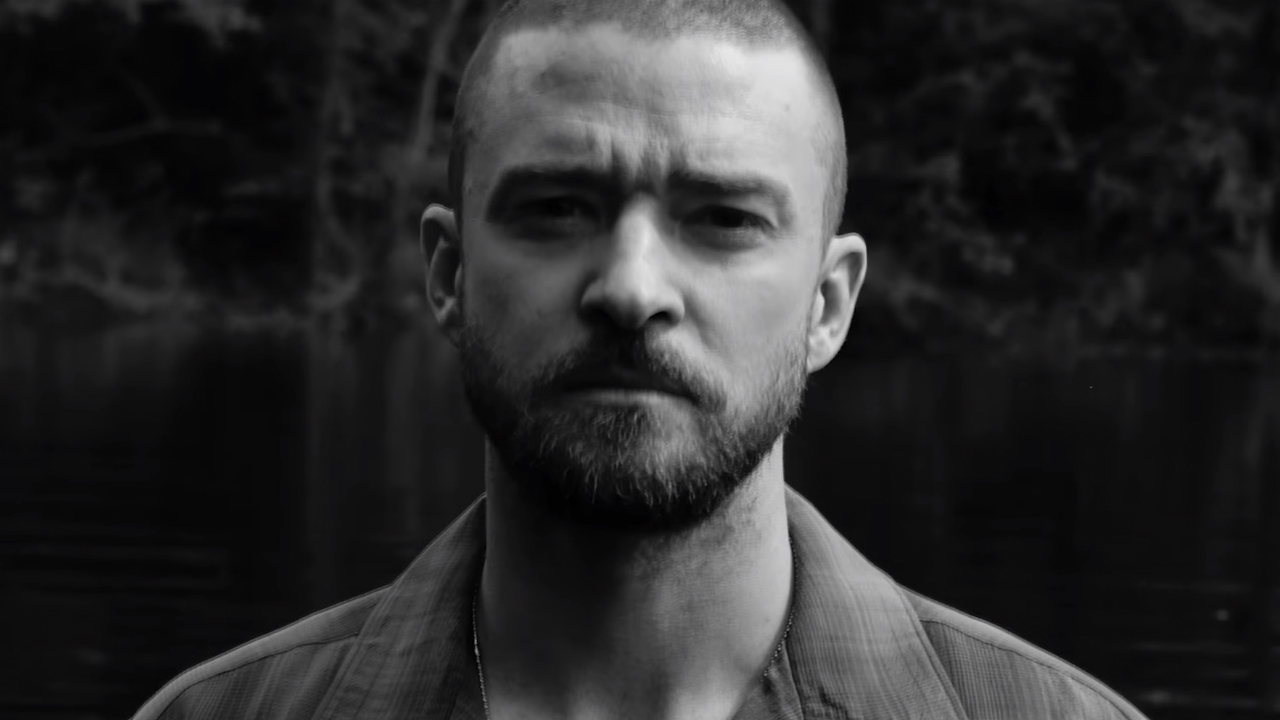The only constant within our (hopefully) long lives is the principle of change. You’re told that your 20s are the wild years—the years when you follow each hunch like a plastic bag taken by a strong wind. Your 30s is the time we’re all supposed to knuckle down and get serious. What a folly that line of thinking is? The marriage, white picket fence, two children, and one dog life portrait might not be satisfactory for some. But sometimes, the beauty is in the journey of figuring that out.
The Worst Person in the World is a film that handles those who haven’t made their mind up with care. If not all of those who wander are lost, then indeed director Joachim Trier has given them a film to relate to. Over four years and 12 chapters (including a prologue and epilogue), we meet Julie (Renate Reinsve). At first, it’s through college where she changes her majors to fit her inklings from science to photography, and gets in various relationships along the way. It’s a time when you have the biggest aspirations to make a crater in the world before you fully immerse in what it means to be an “adult.”
Along the way, she meets an older man named Aksel (Anders Danielsen Lie) who is an extremely accomplished, but controversial cartoon artist. The relationship that they have provides stability for her, or so she thinks. It’s a fine line between comfortable, contentment, and complacency. Much of the dream-like meditativeness that Julie carries in her younger years keeps some inner embers burning. In one chapter, she goes to a long weekend with Askel’s friends, who all have families and children. The clash between how young she is and the external pressures on settling down are apparent. While withstanding the social material pressures, she dabbles in writing. But there’s still a void. Much to the credit to Reinsve’s performance, you get to see and experience a wide display of emotions from her.
Just when life seems to calm down, Julie goes to a random wedding celebration party and meets Eivind (Herbert Nordrum). His character is more happy-go-lucky and appeals to the earlier years of Julie’s life. From there, Julie’s love life and world turns upside down as the allure of what could be and her current situation war with each other. Trier uses some grandiloquent devices such as a time freeze that would be straight out of a musical as Julie falls for the prospect of Eivind. The writing of Trier and Eskil Vogt speaks to the fact that, within all these changes, there is going to be collateral damage along the way. Sometimes Julie is the villain is another character’s story. Other times, you can feel admiration for how free she wants to be.
Other generations give us a supposed blueprint to construct the neighborhoods of our trials and tribulations. Certainly, Julie’s characters have polar opposites of that – sandwiched between a generation of women in her family who were destined to have children and a father who is completely detached from her emotionally. If there’s one thing that is certain in The Worst Person in the World, Julie follows her heart. No matter what repercussions will come of it.
Julie’s character doesn’t have her life wrapped up in a nice, neat little bow, and every time she does, something else changes inside her. What Trier admirably says through these chapters is that it’s ok to not know. You’ll switch directions and break emotional bones along the way. But you’ll leave the epilogue, perhaps trying to reconfigure what it means to be an adult. Love, family, and matrimony have been markers forever and might not be the benchmarks for everyone, may hap. Trier provides a comical, heartrending, something melancholy love letter to those who find comfort in being uncomfortable.
Photo Credit: Neon Pictures













